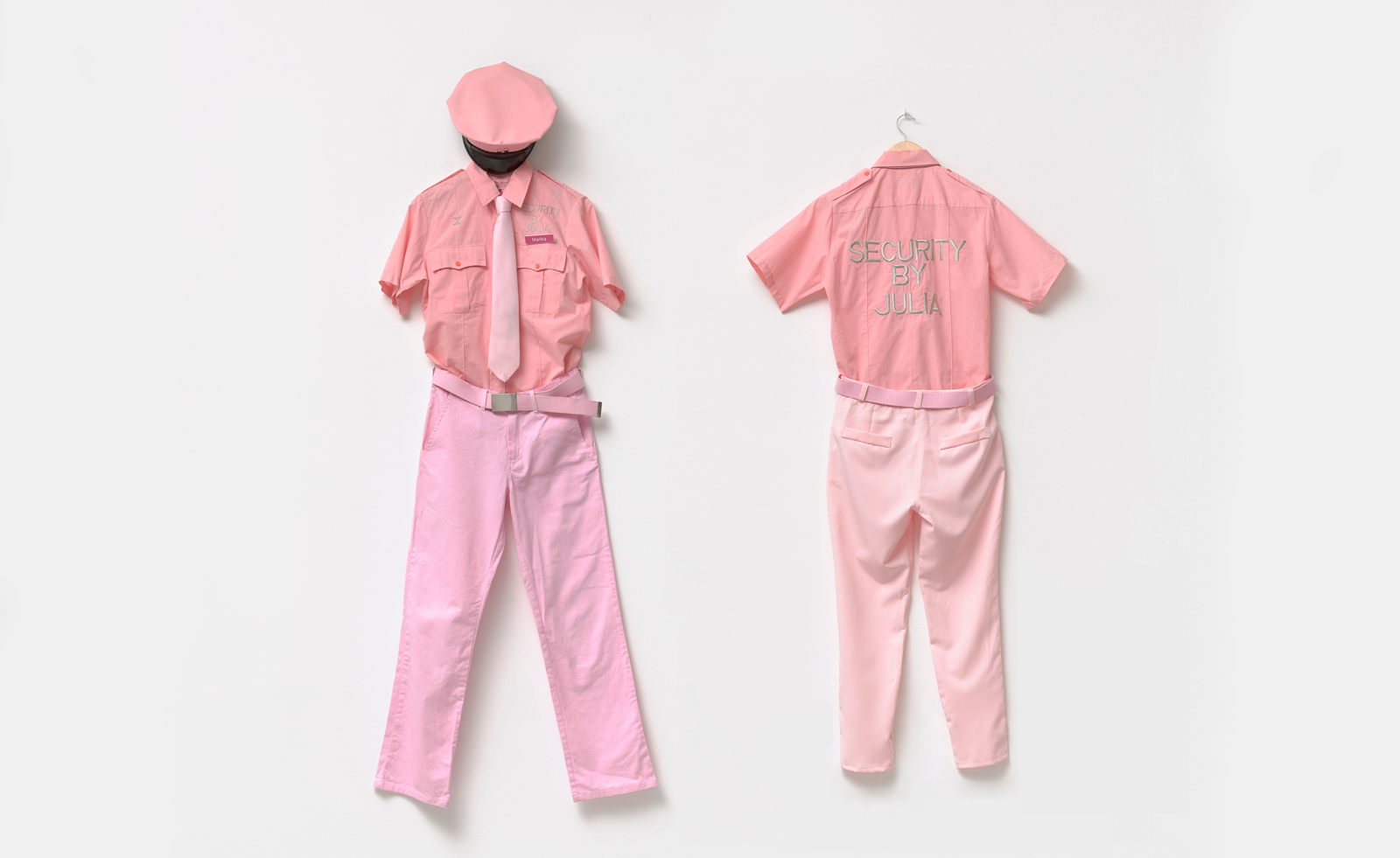
In the early stages of her career, Veronica Roberts – the John and Jill Freidenrich Director of the Cantor Arts Center at Stanford University in Palo Alto, California –worked with artists like Sol LeWitt and Barbara Kruger. They mentioned they both had day jobs while cultivating their artist careers – LeWitt supported himself as a night secretary at the Museum of Modern Art in New York during the early 1960s (Robert Ryman and Robert Mangold were guards and Dan Flavin operated the elevator), and Kruger as a graphic designer for the now-defunct Mademoiselle magazine at Condé Nast.
Roberts was intrigued by the day jobs artists work in while pursuing art, so much so that she curated ‘Day Jobs’ a group exhibition currently on view at the Cantor Arts Center in California through 21 July 2024. The museum director and curatorial assistant Jorge Sibaja selected over 90 works by 36 artists based in the United States.
The exhibition, which first opened in 2023 in Austin, at the Blanton Museum of Art at The University of Texas, features artists ranging from the emerging to the established, including Jay Lynn Gomez, Violette Bule, Nate Lewis, Virginia L Montgomery, Narciso Martinez, LeWitt, Kruger, Larry Bell, and Jeffrey Gibson. The exhibition, which is grouped by the kind of labour – including the service industry, caregivers, and fashion and design – explores how day jobs impact the careers of working artists.
Artists and their ‘Day Jobs’ explored
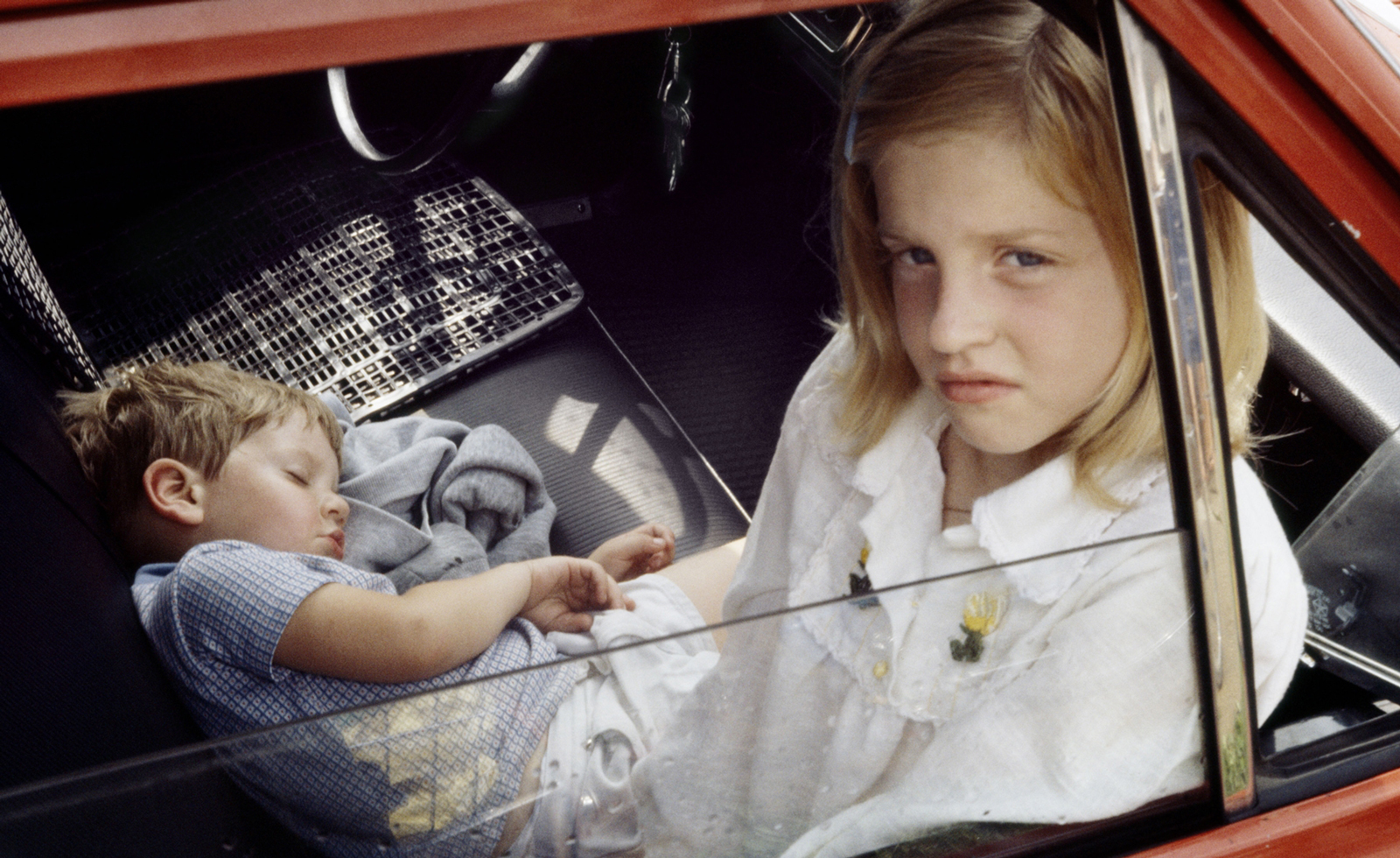
‘It was really conversations that began as I was starting out in the field, and realising that I wasn't hearing those stories,’ recalled Roberts. ‘I was hearing them from artists, but I wasn't hearing them from books or from exhibitions, and no one was talking about their day job, like there was so much that was said in that conversation that you don't normally hear.’
Accidents convinced both Bell and Mark Bradford to pivot their careers into different directions. Bradford was working at his mother’s hair salon after art school when he dropped a box of end papers (they’re used to encase the ends of hair to perming rods) all over the floor and realised they could be used as material for abstract art, like in the pastel-hued 2002 work on display in the exhibition. Bell worked as a framer when a piece of glass he was attaching to a box cracked. ‘I thought I had made a mistake and realised that this was as clear a statement as could be made,’ said the Light & Space artist, who mostly works in glass. ‘It changed my whole idea of what glass could do, what an enclosed space could contain, and how the light impacted on the importance of the visuals.’ The cracked glass box from 1959, along with two iridescent glass sculptures from 2020 are in the show.
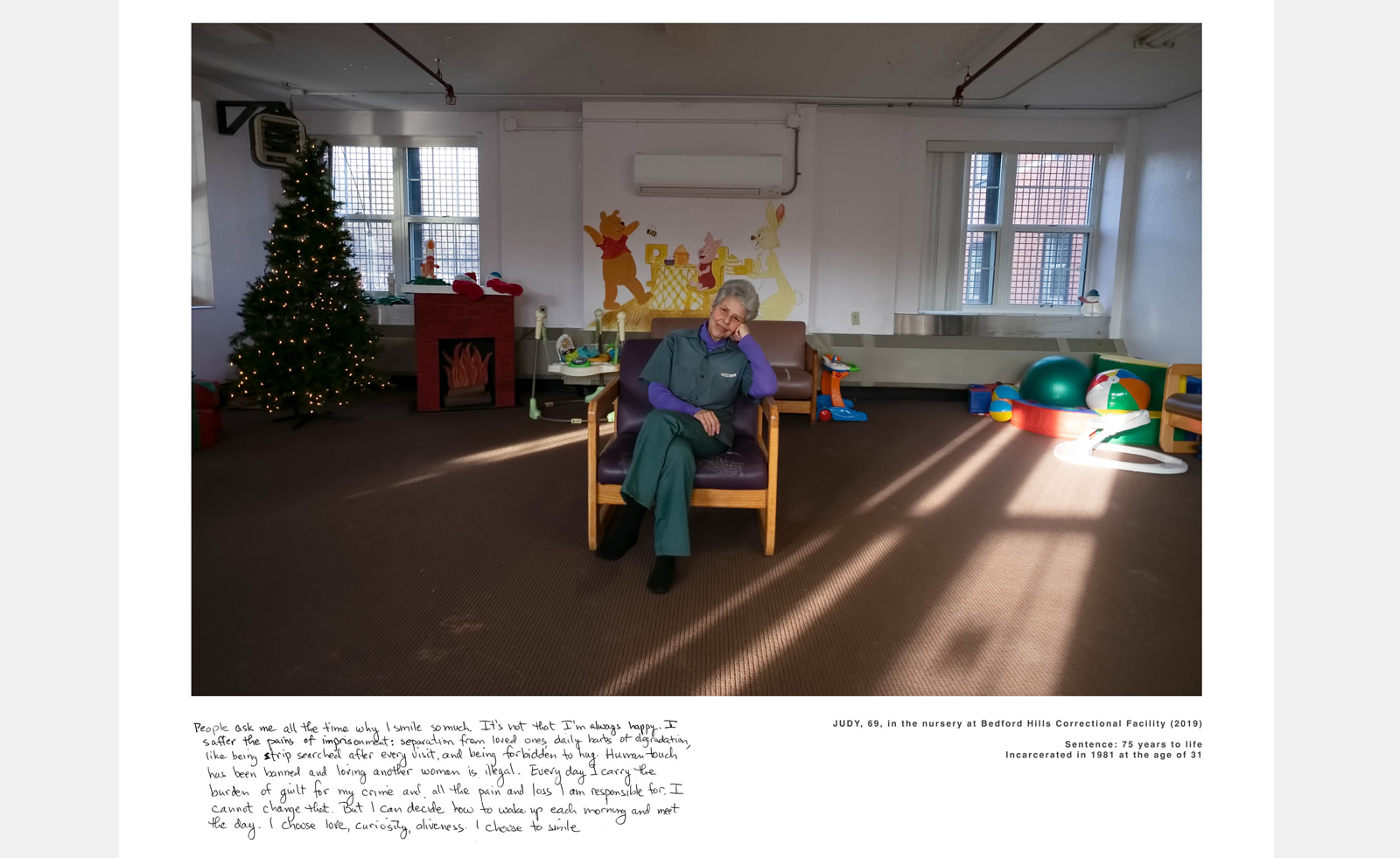
For Gomez, her work as a nanny in Laurel Canyon, a wealthy Los Angeles neighborhood, caused her to think of the invisible labour necessary to keep luxury stores, fine-dining establishments, and museums going, giving them visibility within her work. Lewis, who was an ICU nurse, dealt with papers used to read the heart rhythms, eventually using paper in his craft. ‘It all ties back to working with those rhythms,’ he said. Bule created a contemporary version of August Sander’s 1928 portrait The Bricklayer, with a portrait of a colleague she met while working in the restaurant industry, replacing the bricks carried on the original subject’s shoulders with piles of dirty dishes and the American flag for her version.
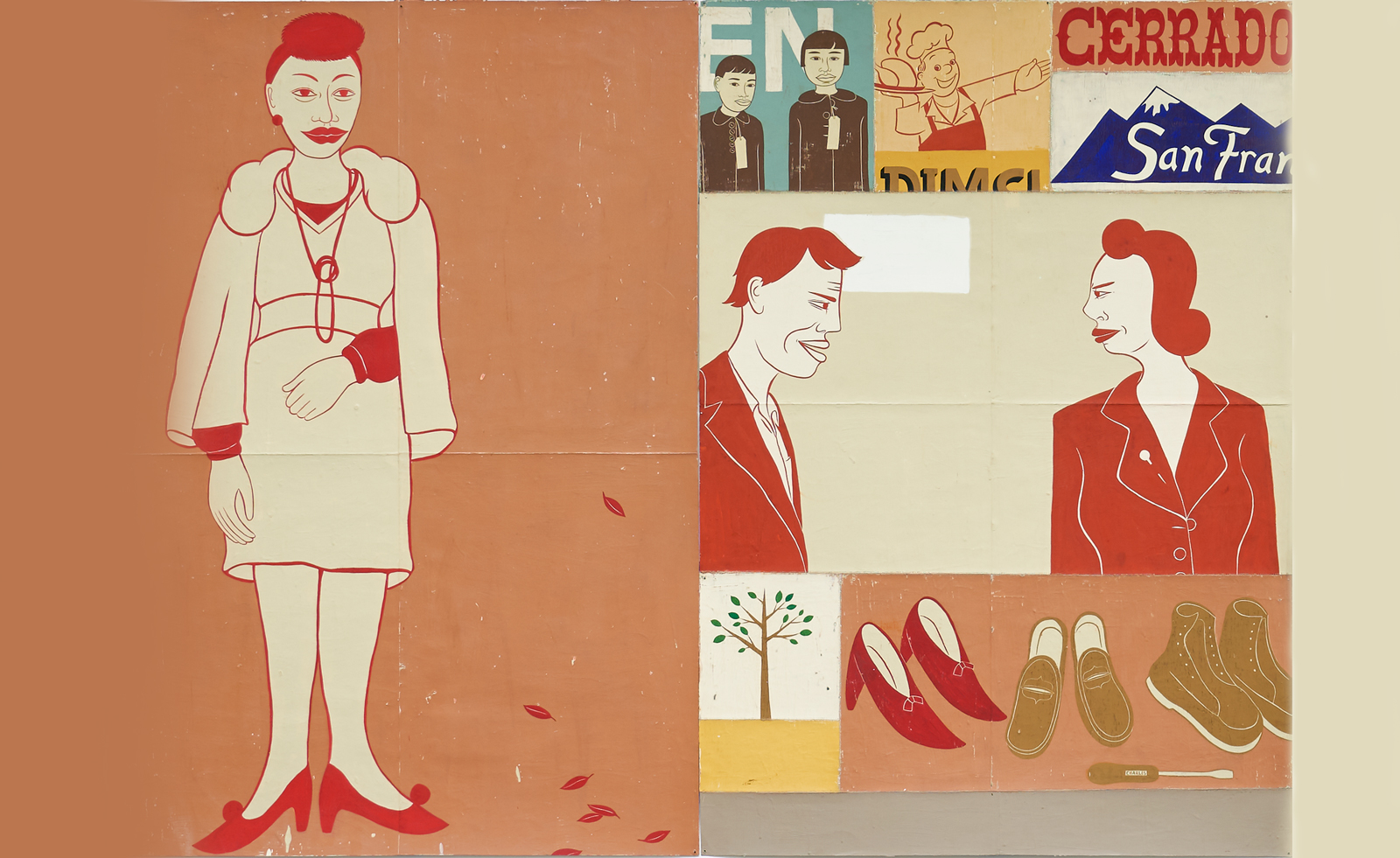
‘I hope that they will appreciate just the incredible value that artists bring to our lives, but also understand artists and creativity differently, and not see art making and creativity as the sort of arena that only some people get to participate in and that you need a certain personality or pocket book to do,’ said Roberts.
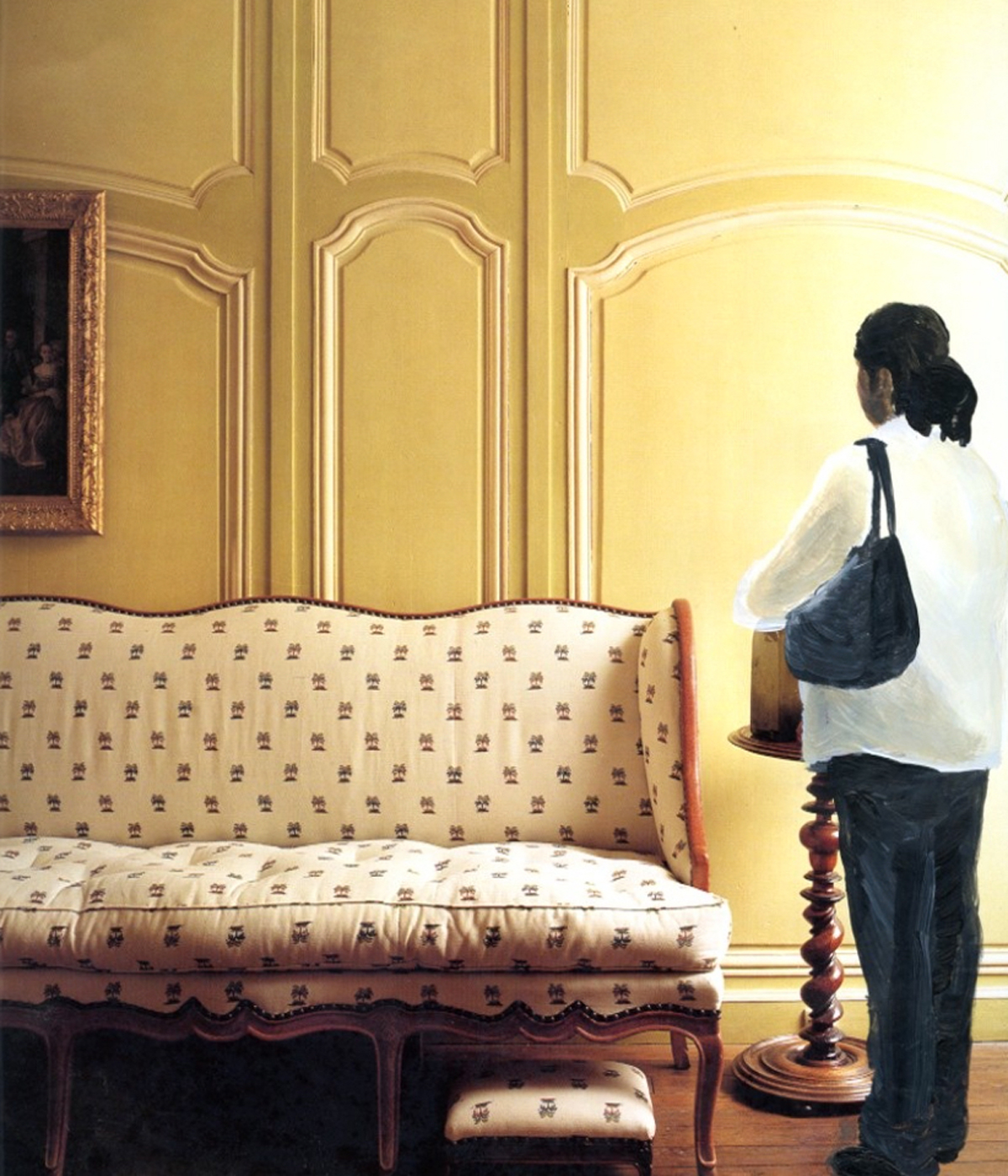
‘Day Jobs’, at the Cantor Arts Center, California is on until 21 July 2024






